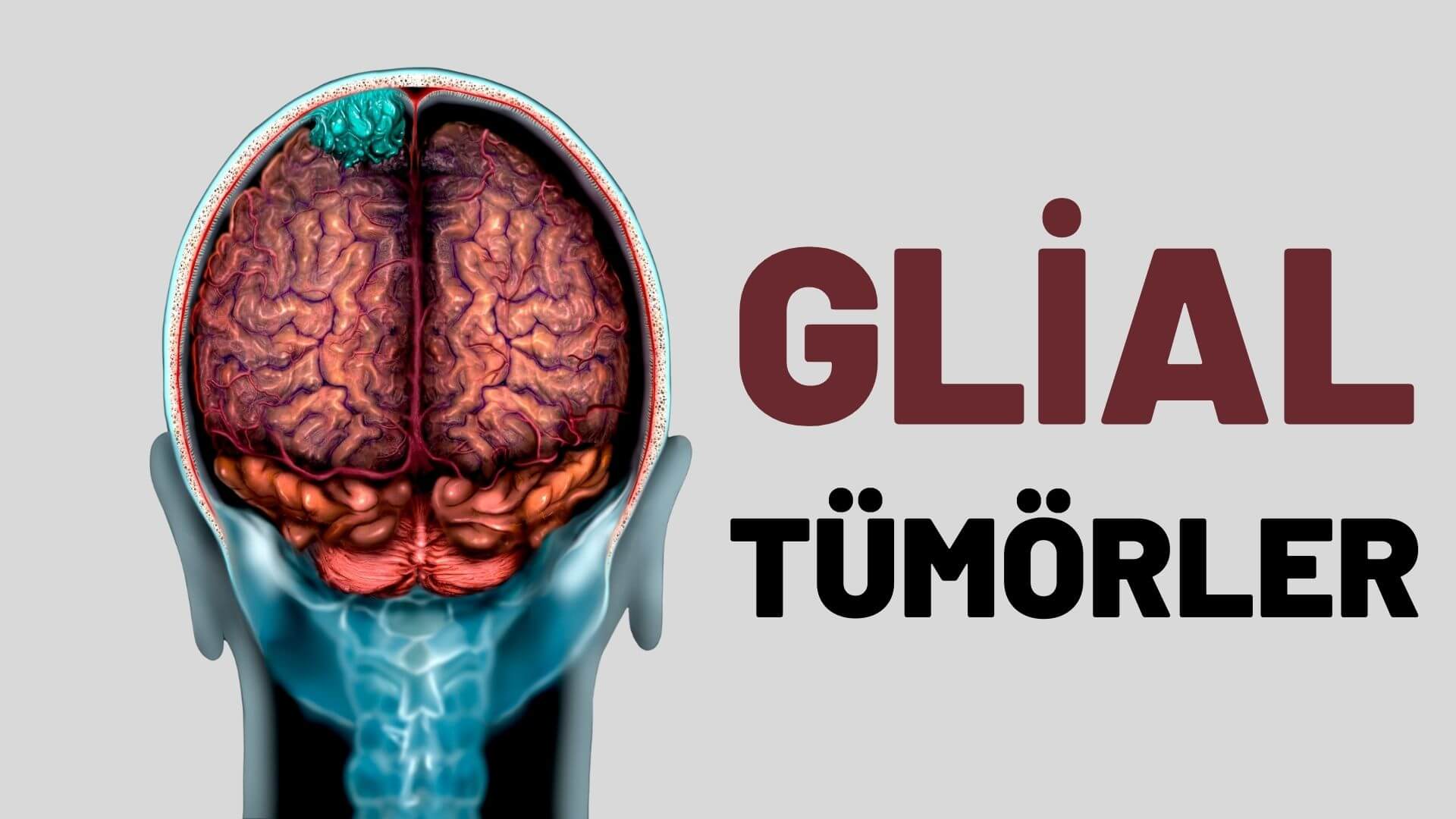
GLIAL TUMORS
Glial tumors are tumors that occur in the brain or spinal cord. There are many types of these tumors. However, only one type of tumor occurs in a person. In most cases the tumor is cancer doesn't mean it's benign. In other words, it is benign and does not spread to other parts of the body. However, even if it is benign, a brain tumor can cause many problems by pressing on nearby tissues.
What are glial tumors caused by?
The brain and spinal cord contain many nerve cells (neurons). The central nervous system also has other non-neuronal cells such as glial cells. Glial cells perform many functions in the brain. A brain tumor is caused by abnormal growth of these cells. Most brain tumors grow in glial cells or other grow in non-neuronal cells. Most glial tumors tend to grow slowly. Sometimes the tumor cells can even look almost normal.
What symptoms do glial tumors cause?
Symptoms vary depending on the location and size of the tumor in the brain. For example, a tumor pressing on the temporal lobe of the brain can cause problems with speech. A tumor pressing on the cerebellum may cause problems with balance or movement. Glial tumors can block the normal flow of cerebrospinal fluid (CSF). Since the skull is a fixed volume structure, this can put pressure on the brain and force the brain tissue to shift. This can cause headache, nausea, vomiting and dizziness may occur. As mentioned above, the symptoms of brain tumors are quite different. However, we can briefly talk about the symptoms in general. Only one or more of these symptoms may affect the individual.
●History of seizures (such as epileptic seizures)
●Delay or regression in mental or physical development
●Extreme drowsiness or coma due to increased intracranial pressure
●Headache
●Nausea and vomiting
●Dizziness and balance problems
●Problems with walking
●Vision problems
●Changes in personality or thinking
How are glial tumors diagnosed?
The diagnosis is based on the patient's history, the history of the disease, and data from MRI, CT scan, biopsy, blood and urine tests.
Treatment
The standard treatment is to remove the tumor by surgery (called resection). Depending on the grade of the tumor, this may be the only treatment necessary. For example, grade 1 glial tumors usually do not cause any further problems after removal. In some cases, however, total resection of the tumor is possible. may not be available. In these cases, only radiation therapy and chemotherapy can be applied, or these treatments can be applied in addition to surgery. The degree of the tumor is important Without early diagnosis is always an important factor in tumor treatment.
For information and treatment, you can contact Associate Professor Dr. Ali Yilmaz here.